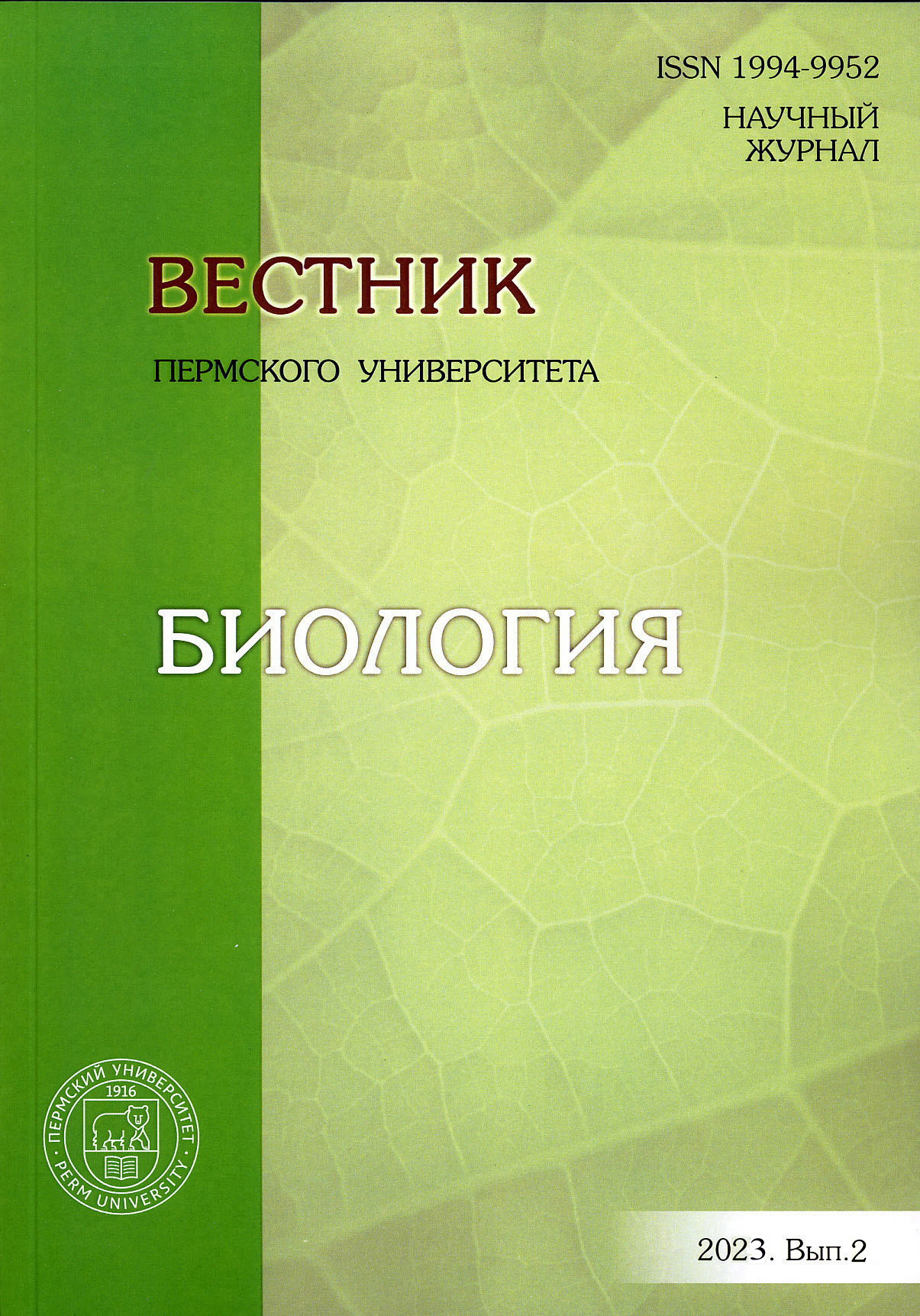The cold-shock gene’s protein complex of different serogroups of Vibrio cholerae
Main Article Content
Abstract
Article Details
References
Бородина О.В. и др. Изучение встречаемости гена холодового шока csh1 у штаммов Vibrio cholerae, циркулирующих на территории Российской Федерации // Бактериология. 2021. Т. 6, № 3. С. 22–23.
Герасименко А.А., Водопьянов А.С., Писанов Р.В. Типирование штаммов SARS-COV-2 с помощью новой компьютерной программы «CovAnalyzer» // Российская наука в современном мире: сб. статей XXXVII междунар. науч.-практ. конф. М., 2021. С. 19–22.
Заднова С.П. и др. Сравнительная устойчивость типичных и генетически измененных штаммов Vibrio cholerae биовара El Tor к действию неблагоприятных факторов внешней среды // Журнал микробиологии, эпидемиологии и иммунобиологии. 2014. № 2. С. 11–17.
Монахова Е.В., Архангельская И.В. Холерные вибрионы неО1/неО139 серогрупп в этиологии острых кишечных инфекций: современная ситуация в России и в мире // Проблемы особо опасных инфекций. 2016. № 2. С. 14–23.
Москвитина Э.А. и др. Холера в начале XXI века. Прогноз на глобальном уровне // Проблемы особо опасных инфекций. 2012. № 1. С. 11–16.
Носков А.К. и др. Результаты мониторинга холеры на административных территориях России в период с 2013 по 2019 год // Журнал микробиологии, эпидемиологии и иммунобиологии. 2021. № 2. С. 163–175.
Титова С.В. и др. Анализ динамики выделения и биологических свойств штаммов V. cholerae О1 El Tor, изолированных из водных объектов на территории Ростовской области в 2003–2014 гг. // Здоровье населения и среда обитания. 2015. № 2. С. 39–41.
Bankevich A. et al. SPAdes: a new genome assembly algorithm and its applications to single-cell sequencing // Journal of computational biology. 2012. Vol. 19, № 5. P. 455–477.
Barria C., Malecki M., Arraiano C.M. Bacterial adaptation to cold // Microbiology. 2013. Vol. 159, № Pt_12. P. 2437–2443.
Cardoza E., Singh H.C Group-Mediated Antibiotic Stress Mimics the Cold Shock Response // Current Microbiology. 2021. Vol. 78, № 9. P. 3372–3380.
Carroll J.W. et al. Response and tolerance of toxigenic Vibrio cholerae O1 to cold temperatures // Antonie Van Leeuwenhoek. 2001. Vol. 79, № 3. P. 377–384.
Datta P.P., Bhadra R.K. Cold shock response and major cold shock proteins of Vibrio cholerae // Applied and Environmental Microbiology. 2003. Vol. 69, № 11. P. 6361–6369.
Didelot X., Parkhill J. A scalable analytical approach from bacterial genomes to epidemiology // Philo-sophical Transactions of the Royal Society B. 2022. Vol. 377, № 1861. P. 20210246.




